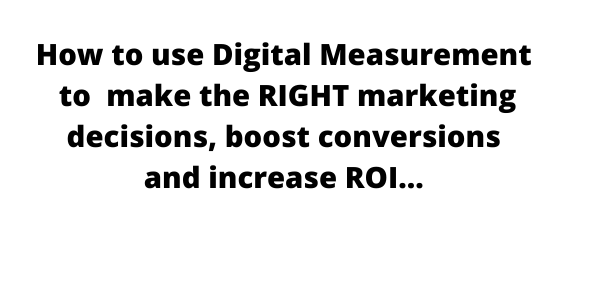SMART objectives are successfully used in many different types of marketing initiatives. Digital campaigns can utilize these definitions too, in support of overall strategy and implementation. Ultimately, the success comes from properly assigning objectives and adopting an approach that is sustainable and structured. The goals need to be objective and easily measurable, which should enable you to refine and modify your strategy if the need arises. Finally, your objectives should be relevant to what you are trying to achieve, otherwise your end result will not provide desired return on investment.
Key Takeaways:
- SMART is used as a mnemonic device where smart stands for: specific, measurable, actionable, relevant, and time-bound.
- When setting objectives in digital marketing there are some pitfalls like having too many or confining them to only one category e.g. actionable.
- There are ten design tests developed by Professor Andy Neely that can keep the objectives focused on the task. One example is the clarity test whereby there is uncertainty in interpreting the results.
“You will know that SMART is used to assess the suitability of objectives set to drive different strategies or the improvement of the full range of business processes.”
Read more: https://www.smartinsights.com/goal-setting-evaluation/goals-kpis/define-smart-marketing-objectives/

Leave a Reply